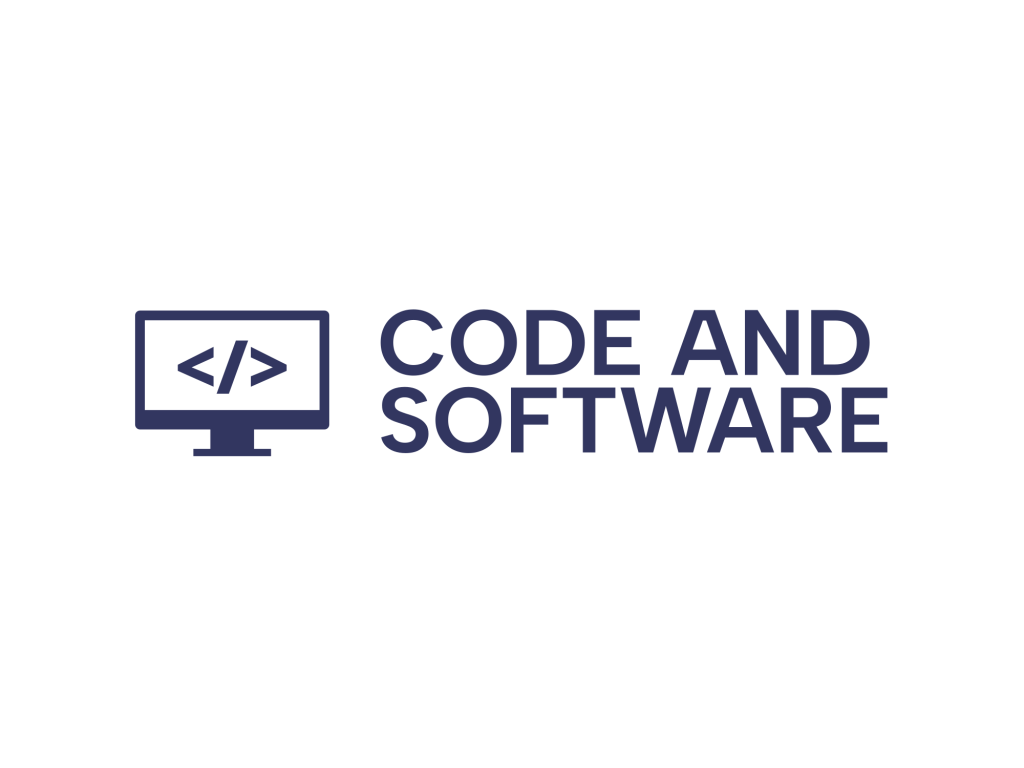In modern web development, API integrations have become an essential part of building scalable and feature-rich applications. From connecting to third-party payment processors to integrating social media platforms, APIs serve as critical connectors. However, the power of APIs also poses challenges if not implemented properly. Without careful planning and a strategic approach, developers risk running into performance issues, security vulnerabilities, and user experience problems.
Understanding the Role of APIs in Development
APIs, or Application Programming Interfaces, allow different software applications to communicate with each other. For web developers, APIs are tools that enable complex functionalities without reinventing the wheel—from fetching weather data to accessing cloud storage or integrating AI capabilities. As APIs multiply in application architecture, mastering their integration becomes an indispensable skill.
Common Pitfalls in API Integration
While APIs offer numerous advantages, it’s important to avoid several common development errors:
- Lack of Comprehensive Documentation: Developers often jump into using an API without fully understanding its documentation. This leads to incorrect usage, misinterpretation of parameters, or overlooking essential features such as rate limits or version support.
- Poor Error Handling: APIs can fail for various reasons—network issues, server downtime, or incorrect requests. Poorly handled errors can lead to crashes or confusing user experiences. Implementing graceful fallbacks and retry mechanisms is crucial.
- Ignoring Authentication Best Practices: Many APIs require authentication, which is often improperly implemented. From using hard-coded credentials to not renewing tokens securely, mishandling authentication poses serious security threats.
- Insufficient Monitoring: Once integrated, APIs are usually left unmanaged. Without active monitoring, developers might miss performance spikes, unusual behavior, or outages until users report them.

Best Practices for Successful API Integrations
Mastering API integrations involves a blend of good coding practices, API knowledge, and long-term maintenance strategies. Here are some recommended best practices:
- Read and Test the Documentation: Before integrating any API, take time to understand its structure, authentication methods, error responses, and rate limits. Use sandbox environments to experiment safely.
- Apply Efficient Error Handling: Use status codes and response messages to build intelligent error responses. Incorporate retries with exponential backoff and notify users properly in case of failures.
- Secure API Keys and Tokens: Avoid storing credentials in plain text or exposing them in the frontend. Store them securely in environment variables or encrypted key vaults and follow OAuth standards when applicable.
- Implement Caching: Caching frequent API responses reduces the number of calls, improves performance, and minimizes the risk of throttling. Tools like Redis or built-in browser caching can be helpful.
- Use Throttling and Rate Limiting: Respect the rate limits specified by the API providers to avoid disruptions. Also, implement custom throttling to prevent spamming the APIs during high-traffic periods.
- Monitor and Log API Activity: Set up logging to track API responses, failures, and latency. Use monitoring tools to get alerts when APIs slow down or stop responding.

Real-Life Impact of Inadequate API Management
Consider a retail website that integrates with a third-party shipping API. If the API goes down and there’s no fallback, the checkout process breaks, leading to lost sales. In contrast, with proper monitoring and failovers, the site could switch to a backup provider or queue shipping requests until the service resumes. Getting API integrations right can be the difference between customer satisfaction and business loss.
Conclusion
As the web continues to grow more connected, the importance of mastering API integrations cannot be overstated. By avoiding common pitfalls and following established best practices, developers can ensure their applications remain reliable, secure, and scalable. A strategic approach to API management safeguards your platform’s functionality and user trust in the long term.
FAQ: API Integration Best Practices
- Q: What’s the first step before integrating any API?
A: Always start by reviewing the API’s documentation thoroughly, including authentication, endpoints, error codes, and rate limits. - Q: How do you manage API failures during a service outage?
A: Implement fallback mechanisms, such as queueing requests or switching to another provider, and notify users appropriately. - Q: What’s the best way to store API keys?
A: Use encrypted storage, environment variables, or secure key vaults. Never expose sensitive data in public repositories or frontend code. - Q: How often should API integrations be monitored?
A: Ideally, real-time monitoring should be used with alerts for failures, latency spikes, or rate-limit warnings. - Q: Can API response times impact SEO?
A: Yes, especially if APIs are used to serve content on high-traffic pages. Slow responses can increase load times, affecting SEO rankings.


Leave a Reply